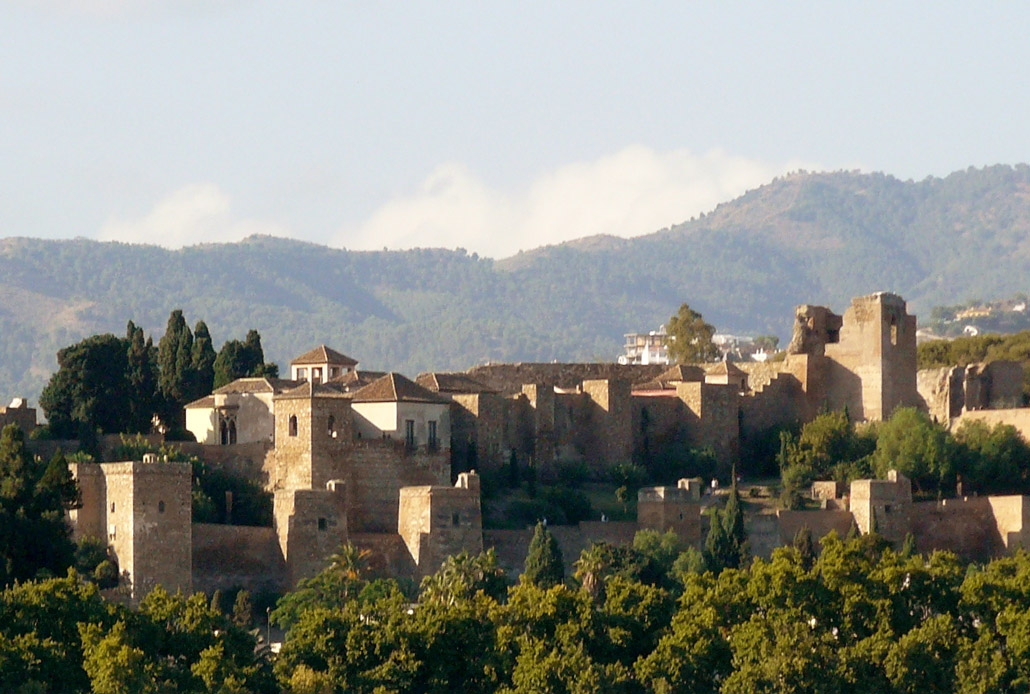
ALCAZABA
Built between 1057 Y 1063, It is a fortress palace from the Muslim era, on a former Phoenician-Punic fortification, located at the foot of Mount Gibralfaro, which houses the castle of the same name created by the Muslims to defend the Alcazaba. Consisted of 110 main towers and some minor towers. The Torre del Homenaje stands out. At the foot of the Alcazaba is the Roman theater from the 1st century BC., but "rediscovered in 1951".
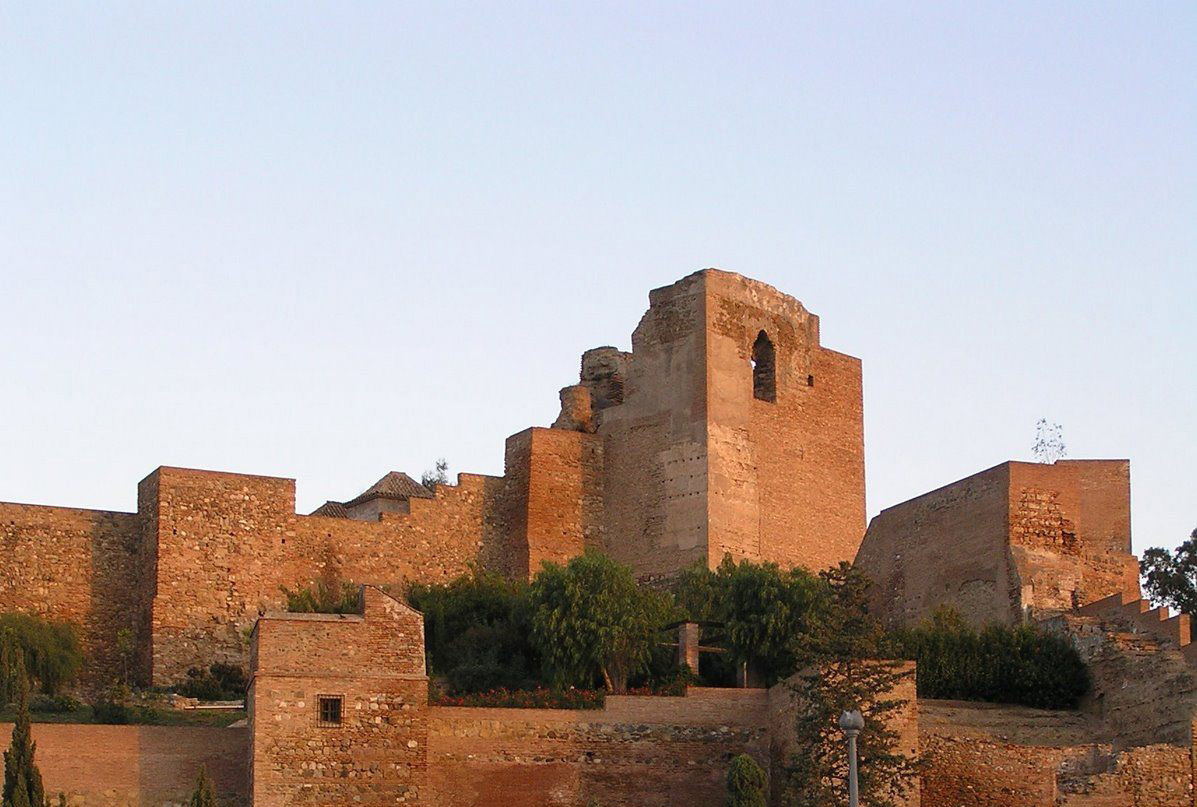
GIBRALFARO CASTLE
This Castle, built in the 14th century to house the troops and protect the Alcazaba, Today is one of the most visited moments in Malaga in which you can walk through its walls with impressive views of Malaga, or enter its Interpretation Center to learn about its history.
It gets its name from a lighthouse that was at its peak (Jabal-Faruk, mount of the lighthouse). Although it was used by Phoenicians and Romans, would be the Nazarite king Yusuf I in 1340 the one that would turn this settlement into a fortress.
In the reconquest it suffered the siege of the Catholic Monarchs during the summer of 1487, and Ferdinand the Catholic made it his temporary residence after the victory. What's more, designated the castle as an element of the city's coat of arms.
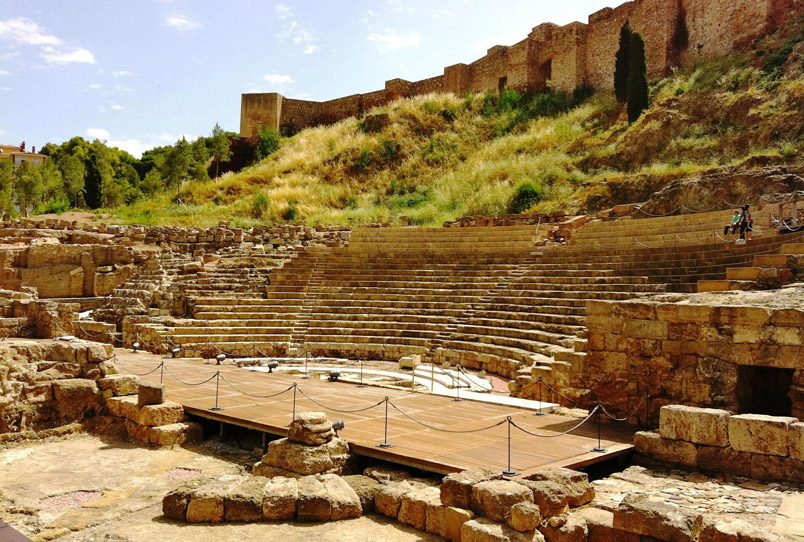
ROMAN THEATER OF MÁLAGA
The Roman Theater of Malaga is the main preserved vestige of the Roman presence in the city. It was built in the early years of the 1st century AD., that is to say, at the beginning of the empire, at a time when numerous public buildings will be built in order to make the city the image of the new political life, economic and religious.

PICASSO MÁLAGA MUSEUM
The Buenavista Palace houses a Permanent Collection that shows eight decades of Pablo Picasso's work, born in Malaga in 1881. The Collection transmits the rigor and creative capacity of an essential artist to understand the history of Western art.
The palace where it is located has the category of National Monument since 1939. Its cover is entirely made of stone, something very unique, and inside you can see a beautiful interior patio with arches. After its rehabilitation to turn it into a picture gallery, Phoenician and Roman vestiges were discovered that became part of the museum offer available to visitors..
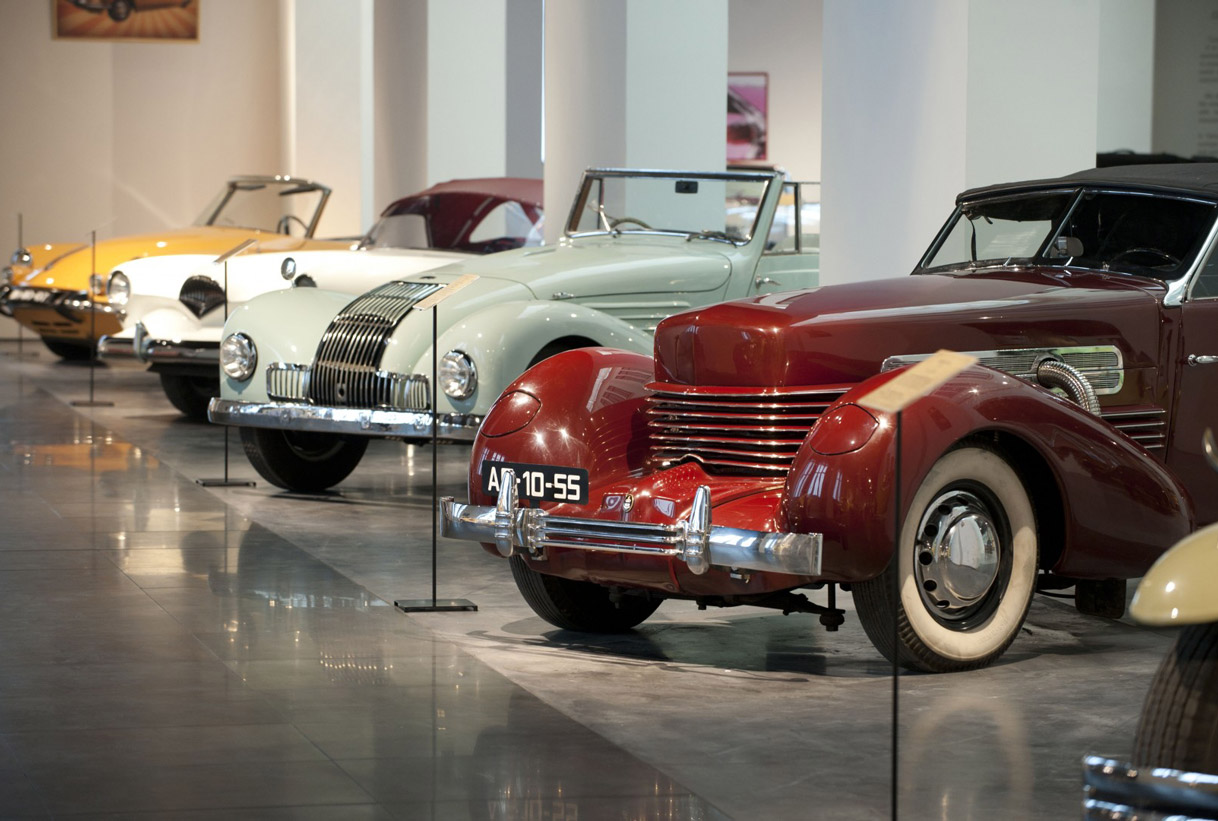
AUTOMOBILE AND FASHION MUSEUM
The Automobile Museum of Malaga is a museum dedicated to the automotive industry located in the old building of the Royal Tobacco Factory in the Spanish city of Malaga.
In the Automobile and Fashion Museum of Malaga, you will find an extraordinary private collection of 6.000 square meters presented in 13 thematic spaces that describe artistic evolution since the end of the 19th century. Almost a hundred exclusive and unpublished vehicles restored to the highest level, more of 200 Haute Couture pieces in 7 Fashion exhibitions and Contemporary Art installations. A unique space in the world that will surprise you and exceed your expectations.
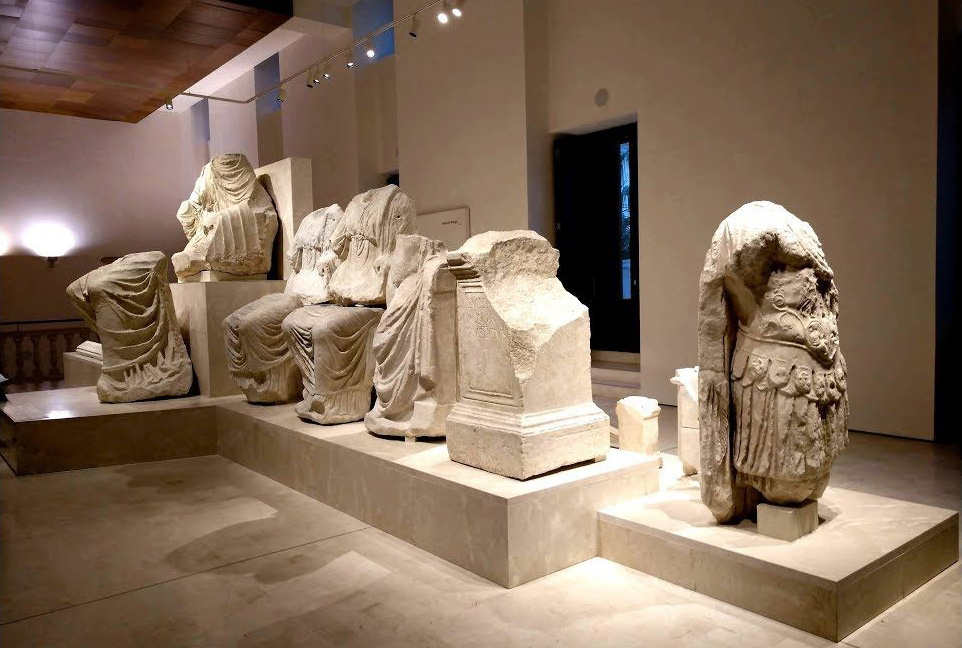
MUSEUM OF MÁLAGA
The Museum of Malaga is the most important museum institution in the province, housing in its funds the largest collection of archaeological and artistic objects of the same.
In this museum are exposed materials from Protohistory, dated in the millennium I a.C., belonging to deposits in city-states such as Malaka and to complex societies, like Trayamar's gold medallion, the Greek helmet of the hoplite warrior found in Malaga or the set of amphoras from Cerro del Villar. It also houses prehistoric materials from the most important Malaga sites, Among which it is worth highlighting a femur and a jaw in excellent condition, belonging to a Neanderthal individual, found in the Cueva del Boquete de Zafarraya.
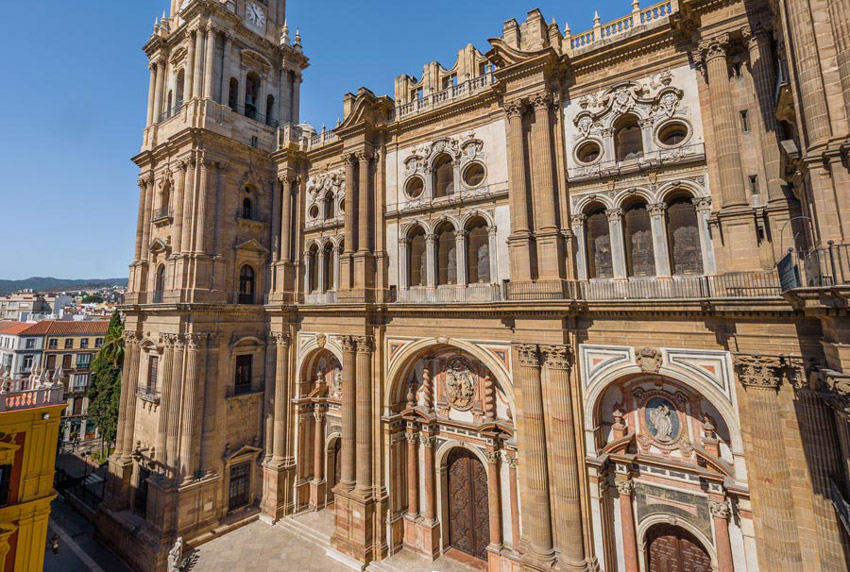
CATHEDRAL OF LA ENCARNACIÓN OF MÁLAGA
One of the jewels of the Spanish Renaissance looks out over the sea. History, Art and faith are manifested together in the Santa Iglesia Catedral Basilica de la Encarnación in Malaga.
Its extensive history comes from the Greater Mosque on which it was built. From there, The result of its different construction stages and styles make it a majestic Renaissance-Baroque Cathedral with a Gothic vocation.
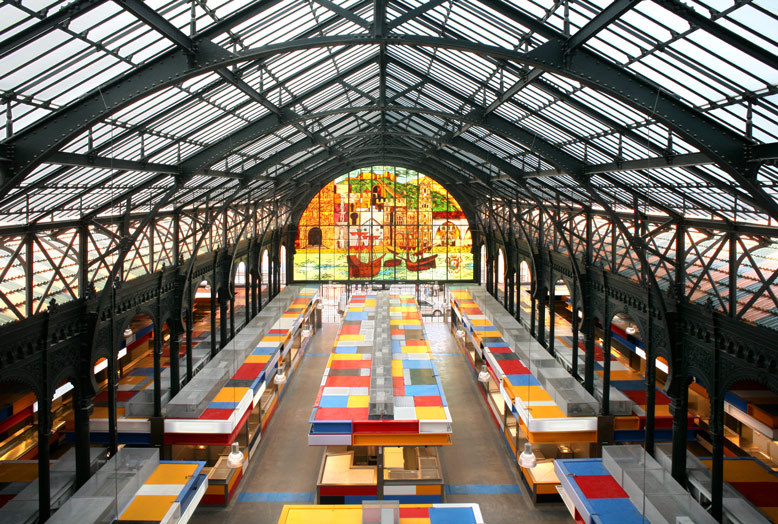
CENTRAL MARKET OF ATARAZANAS
Classic covered market with food products and tapas bars in a colorful atmosphere.
The Atarazanas market is located in the place where some Nasrid shipyards were available in the fourteenth century that after the Christian conquest of the city were used as a warehouse, arsenal, military hospital and barracks.
In 1868 the Revolutionary Board requested its demolition to give work "to the poor classes", although it was not carried out until 1870, that same year, the municipal architect Joaquín Rucoba's project for a new market was approved, later called Alfonso XII.
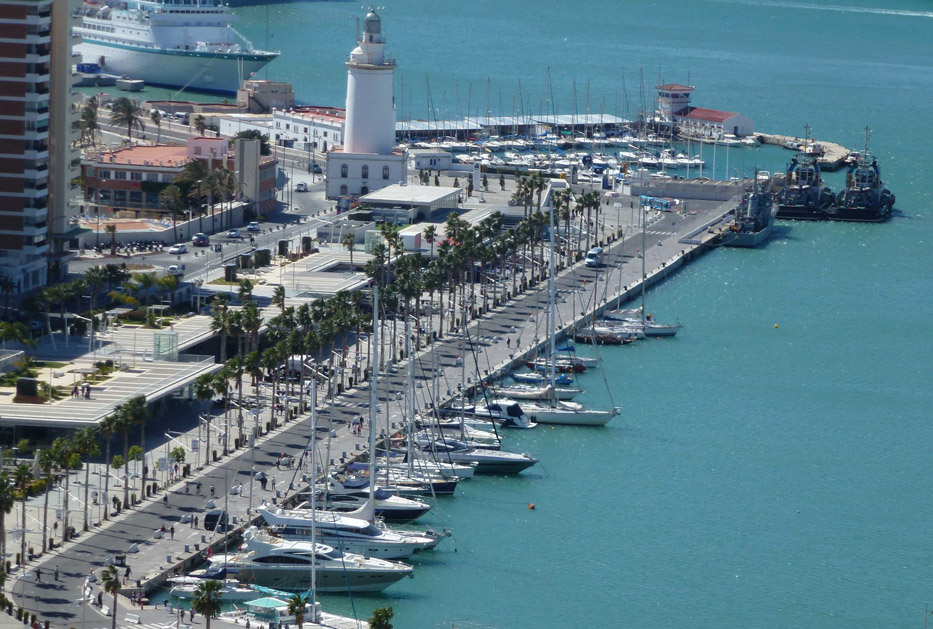
PORT OF MÁLAGA
Sheltered by a natural bay and located in the south of the Iberian Peninsula, in the western mediterranean, The port of Malaga has become the second largest cruise port on the Peninsula and usually receives the visit of the most important shipping companies in the world and a continuous flow of goods, passengers and cruises. It is also a fishing and sports port where you can perform various water activities.
Not in vain, Malaga has the most modern maritime stations in the country.
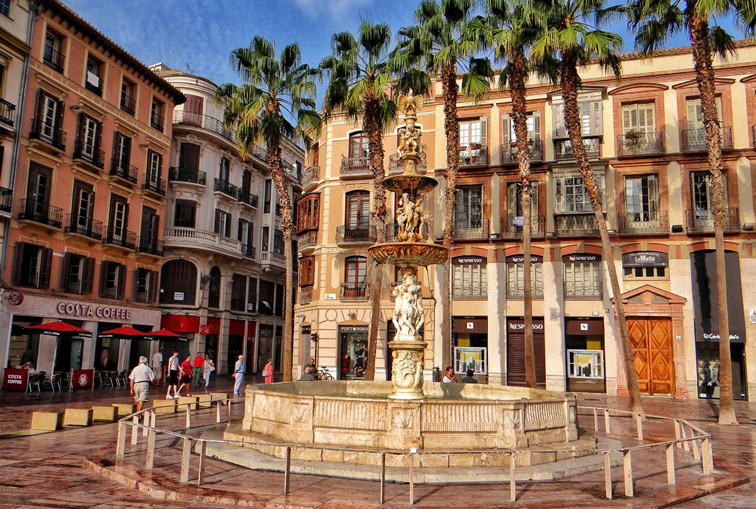
CONSTITUTION SQUARE
Plaza de la Constitución has been the nerve center of life in Malaga since the days of the reconquest, in what was called the Plaza de las Cuatro Calles. It has also had other names such as Plaza Mayor until 1812 is renamed the Constitution.
The Malaga City Council has been located here until 1869, the House of the Corregidor, the jail, the audience, the Augustinian convent, even other points of tourist interest such as the Economic Society of Friends of the Country.
Since the 15th century it has been the public and political space of the city par excellence.

MARQUÉS DE LARIOS STREET
Calle Larios is the nucleus of the economic and commercial activity of the old town. Both this road and most of those that come together in it are pedestrianized and have a large number of shops. They have a lively day and night life in their bars, terraces, pubs and discos.
The Malaga Fair has the peculiarity of being held during the morning in the streets of the historic center, what makes the area be decorated during these dates.
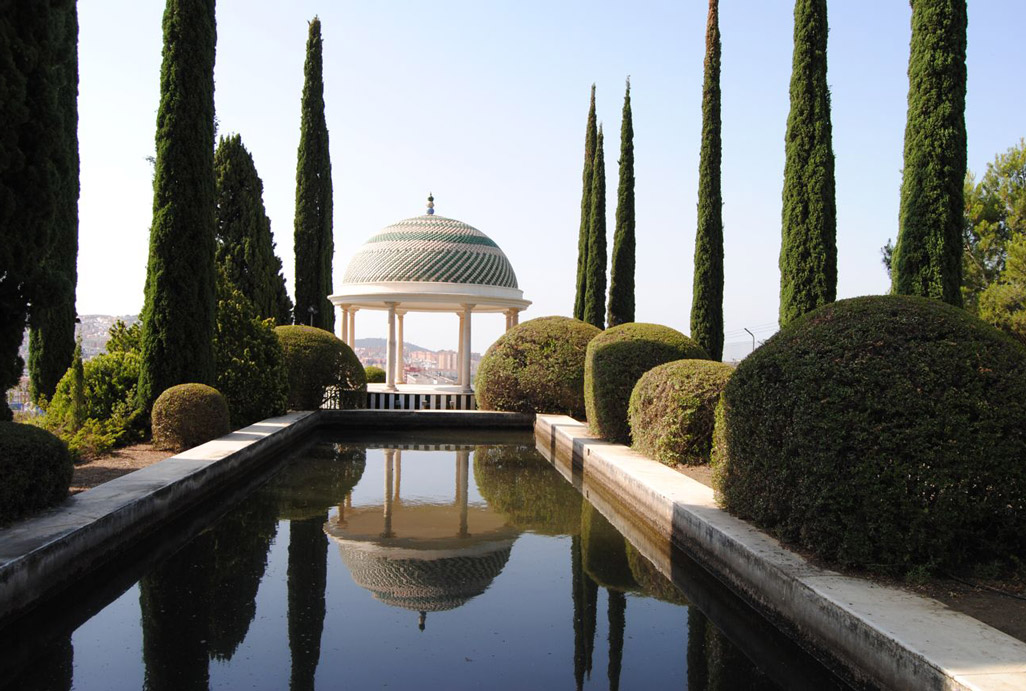
BOTANICAL GARDEN
In the botanical garden the plant collections are organized under scientific criteria: aquatic plants, prehistoric, insectivorous, african… The upper strip of the historic garden is crossed by the forest route and that of the viewpoints, both with native plants. In the southernmost part the collection of cacti and succulents is located, that of subtropical fruit trees and the historic lemon grove.
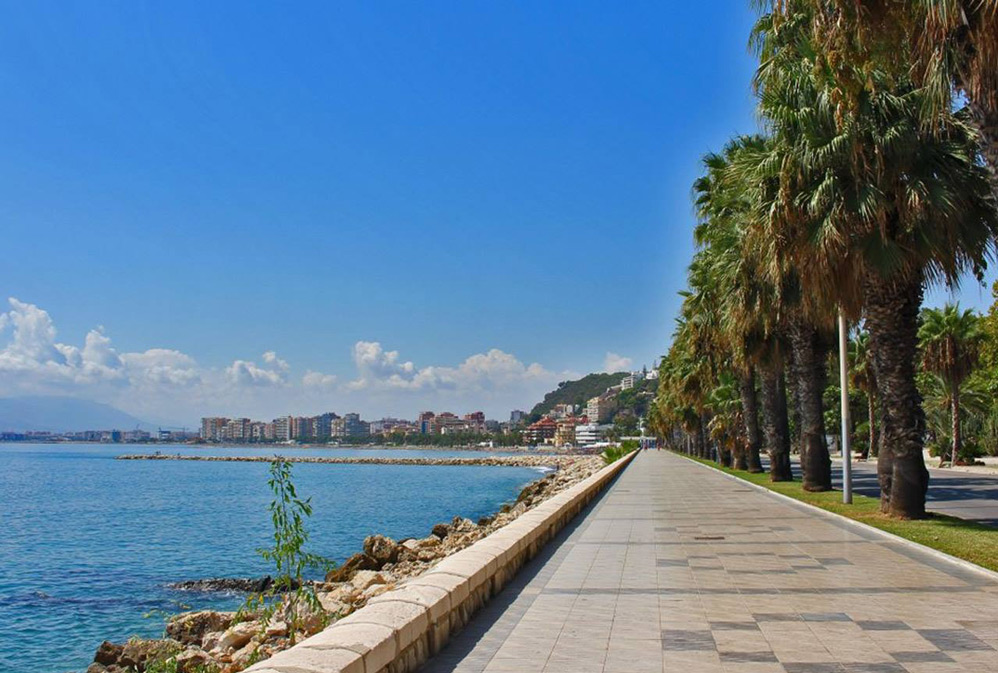
PASEO MARÍTIMO
On the Antonio Banderas Promenade there is the possibility of practicing countless sports: cycling, football, volleyball… There is also a large number of beach bars and restaurants where you can enjoy the views, with the possibility of renting umbrellas, hammocks or Balinese beds. We will find the Statue of the Espetero, as well as monoliths in honor of different actors or the symbol of the Malaga Spanish Film Festival.
The Antonio Machado Promenade is close to the previous one, a 4 km from the city, between La Misedicordia and San Andrés.
El Pedregal is located in the heart of the fishing district of Pedregalejo, one of the most lively walks of the entire Malaga coast, where you can enjoy its many "chiringuitos" located on the beach.